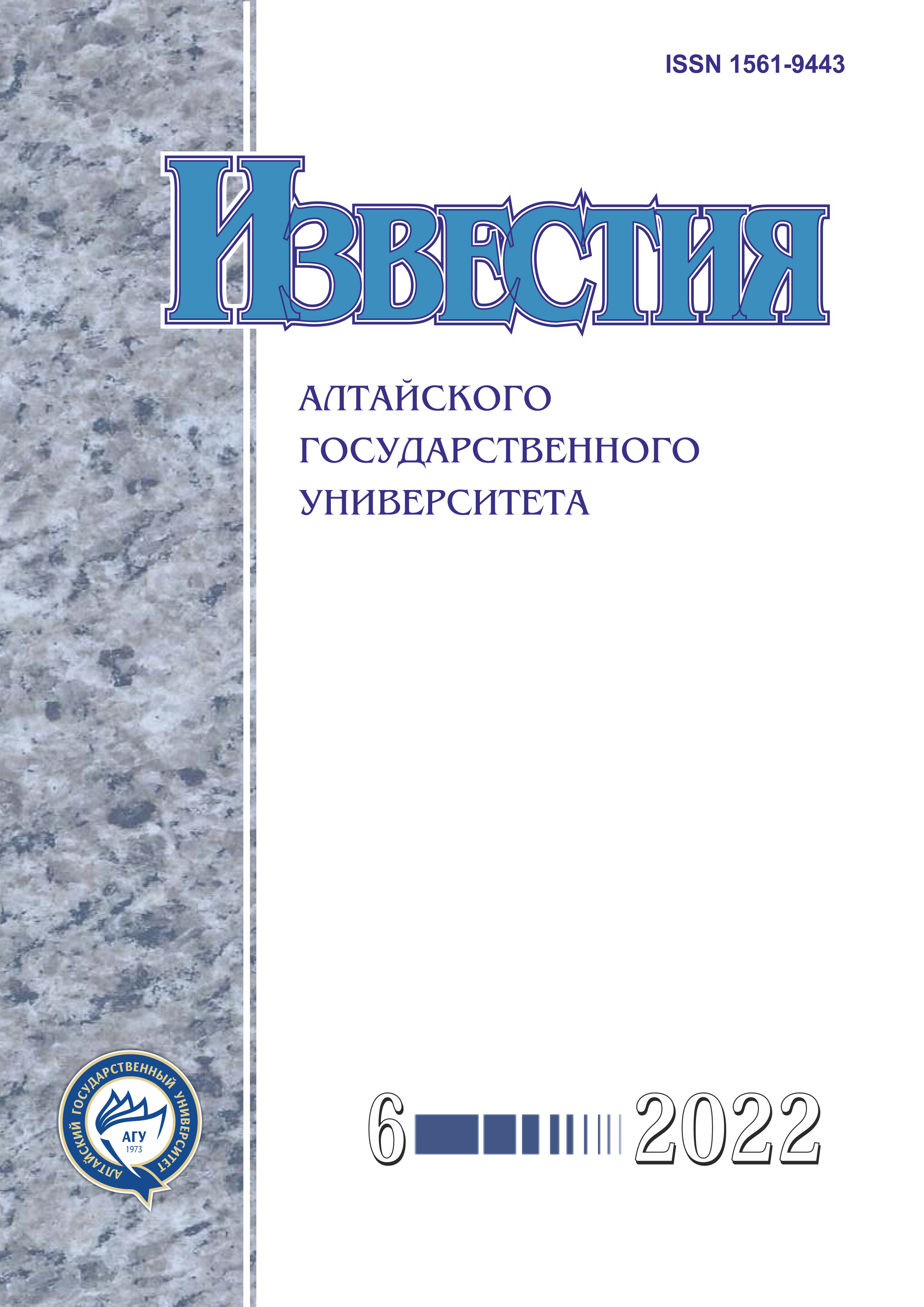Сравнительный анализ развития туристического потенциала специальных административных районов Гонконг и Макао (2000-2022 гг.)
УДК 930.9 (512.317) ББК 63.3 (0) + 63.3 (5Кит-5Сян) + 75.81
DOI:
https://doi.org/10.14258/izvasu(2022)6-09Ключевые слова:
Гонконг, Макао, КНР, туризм, туристический потенциалАннотация
В статье рассматривается развитие туристической отрасли в Гонконге и Макао в исторической перспективе, анализируются факторы, влияющие на туристический потенциал этих двух южнокитайских регионов. Приводится краткая характеристика состояния туристической индустрии Гонконга и Макао как специальных административных районов КНР, рассматривается политика местных властей по развитию и продвижению регионов в качестве туристического направления, а также основные результаты этой политики. Отмечается некоторое сходство между регионами с точки зрения местоположения, наличествующих природных и материальных ресурсов. Вместе с тем, подчерчиваются коренные различия историко-культурного и политико-экономического развития бывших европейских колоний как существенный фактор, определяющий потенциал их туристического развития. Авторы приходят к выводу о гораздо более высоком туристическом потенциале Гонконга в сравнении с Макао на данном этапе. Представляется, что для обеспечения роста туристического потенциала Макао в ближайшем будущем необходима смена парадигмы его экономического развития, основой которой станет рациональное краткосрочное планирование.
Скачивания
Библиографические ссылки
2. Walton J.K. Tourism // Encyclopedia Britannica. 2021. 28 Sep. URL: https://www.britannica.com/topic/tourism (accessed: 19.07.2022).
3. Panosso Netto A. O Que e Turismo. Sao Paulo, 2017.
4. Lohmann G., Panosso Netto A. Tourism Theory: Concepts, Models and Systems. Craydon, 2017.
5. What is Tourism Potential // IGI Global. URL: https://www.igi-global.com/dictionary/sustainable-development-of-cultural-tourism-on-example-of-botevgrad-municipality/79497 (accessed: 25.07.2022).
6. Саранча М.А. Туристский потенциал территории: проблематика определения сущности и структуры // Вестник Удмуртского университета. 2015. Т. 25, вып. 1.
7. Historic Centre of Macao: Protection and Manage ment Requirements // UNESCO World Heritage Centre. URL: https://whc.unesco.org/en/list/1110/ (accessed: 27.07.2022).
8. Io M. Can the Historic Center of Macao Be a Popular Tourist Attraction? Examining the Market Appeal from Tour Marketers’ Perspective // Journal of Quality Assurance in Hospitality & Tourism. 2011. Vol. 12. Is. 1.
9. Macau Casino Revenue Up 58% Year on Year in 2010 // Inside Asian Gaming. 2011. 3 Jan. URL: https://www.asgam. com/index.php/2011/01/03/macau-casino-revenue-up-58-year-on-year-in-2010/ (accessed: 30.07.2022).
10. Macau Gaming Revenue Up 42% Year on Year in 2011 // Inside Asian Gaming. 2012. 16 Jan. URL: https://www. asgam.com/index.php/2012/01/16/macau-gaming-revenue-up-42-year-on-year-in-2011/ (accessed: 30.07.2022).
11. Макао установил исторический рекорд по выручке казино // LENTA.RU. 2012. 1 нояб. URL: https://lenta.ru/ news/2012/11/01/macao/ (дата обращения: 30.07.2022).
12. Macau’s 2013 Gambling Revenue Rose 19% to $45.2 Billion // The Wall Street Journal. 2014. Jan 2.
13. Hang K.W., King Penny W.Y. Impacts of Casino Gaming on Small Tourism Ventures in Macao // Asia Pacific Journal of Tourism Research. 2011. Vol. 16. Is. 5.
14. Qi S., Chen N. Understanding Macao’s Destination Image through User-Generated Content // Journal of China Tourism Research. 2019. Vol. 15. Is. 4.
15. Cruz Vaz Pimentel M. How to Sell Macau: Learning with the Territory’s Staged Urban Reinvention: Master’s Diss. Coimbra, 2012.
16. Macao Tourism Industry Development Master Plan: Review Report (List of Action Plan), November 2021 // MasterPlan. URL: https://masterplan.macaotourism.gov.mo/2021/download/Review_Report_Action_Plan_en.pdf (accessed: 02.08.2022).
17. Hong Kong’s Tourism Industry. Research Brief. Is. 6, 2014-2015 // Legislative Council of the HKSAR. URL: https:// www.legco.gov.hk/research-publications/english/1415rb06-hong-kongs-tourism-industry-20150805-e.pdf (accessed: 12.08.2022).
18. Xu J. Hong Kong’s Destination Image in the Eyes of Residents // Journal of China Tourism Research. 2015. Vol. 11. № 4.
19. Chen S.C. Residents’ Perceptions of the Impact of Major Annual Tourism Events in Macao: Cluster Analysis // Journal of Convention & Event Tourism. 2011. Vol. 12. № 2.
20. Гонконг ВВП (ежегодный) // Cbonds. URL: https:// cbonds.ru/indexes/54719/ (дата обращения: 09.08.2022).
21. Папашвили Г.З., Курныкин О.Ю., Тажиева М.Н. Британское влияние как фактор формирования современной идентичности гонконгцев // Известия Алтайского государственного университета. 2020. № 6.
Загрузки
Опубликован
Выпуск
Раздел
Лицензия
Izvestiya of Altai State University is a golden publisher, as we allow self-archiving, but most importantly we are fully transparent about your rights.
Authors may present and discuss their findings ahead of publication: at biological or scientific conferences, on preprint servers, in public databases, and in blogs, wikis, tweets, and other informal communication channels.
Izvestiya of Altai State University allows authors to deposit manuscripts (currently under review or those for intended submission to Izvestiya of Altai State University) in non-commercial, pre-print servers such as ArXiv.
Authors who publish with this journal agree to the following terms:
- Authors retain copyright and grant the journal right of first publication with the work simultaneously licensed under a Creative Commons Attribution License (CC BY 4.0) that allows others to share the work with an acknowledgement of the work's authorship and initial publication in this journal.
- Authors are able to enter into separate, additional contractual arrangements for the non-exclusive distribution of the journal's published version of the work (e.g., post it to an institutional repository or publish it in a book), with an acknowledgement of its initial publication in this journal.
- Authors are permitted and encouraged to post their work online (e.g., in institutional repositories or on their website) prior to and during the submission process, as it can lead to productive exchanges, as well as earlier and greater citation of published work (See The Effect of Open Access).








